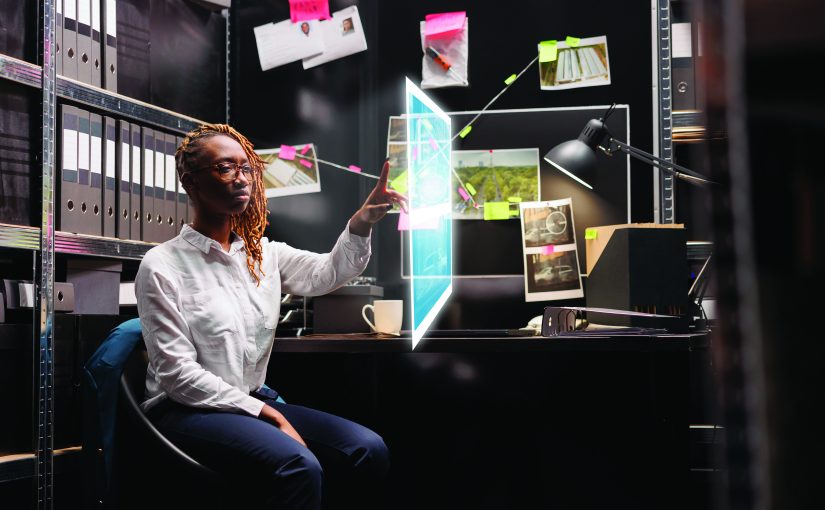
Imagine an officer being dispatched to a call of a crash with a subject reportedly acting strangely. Video and still images from callers are being uploaded and shared to a Next Generation 911-equipped dispatch center, allowing dispatch to provide real-time updates to the officer en route. Upon arrival, the officer’s body-worn camera (BWC) and onboard dash camera activate and start streaming live footage to the dispatch center and watch commander. The officer observes an agitated man pacing back and forth with something protruding through his clothing in his waistband. The officer’s smart glasses immediately conduct a scan and project an outline of the item to be a small soda bottle into the officer’s field of vision.
The cameras and smart glasses have also scanned the subject’s face, prompting dispatch to advise the officer of the subject’s name and the information that the mental health crisis response team had recently contacted him. As the officer cautiously approaches the man, the officer’s demeanor and tactics shift; they immediately begin de-escalation techniques to communicate with the subject. The subject calms down and cooperates with the officer’s requests. Thanks to the technology used by the officer and by dispatch, a potentially deadly use-of-force incident has been averted.
Now that the subject is calm and cooperative, the officer begins investigating the crash but realizes all units are busy on calls. While civilian volunteers direct traffic and a community service officer (CSO) helps obtain statements, the responding officer launches a drone to scan the scene to generate a factual diagram for the report. The BWC used by the CSO scans the involved parties’ driver’s licenses and converts their oral statements into written statements before the CSO leaves the scene. The officer completes the investigation, clears the scene, and responds to the next call.


